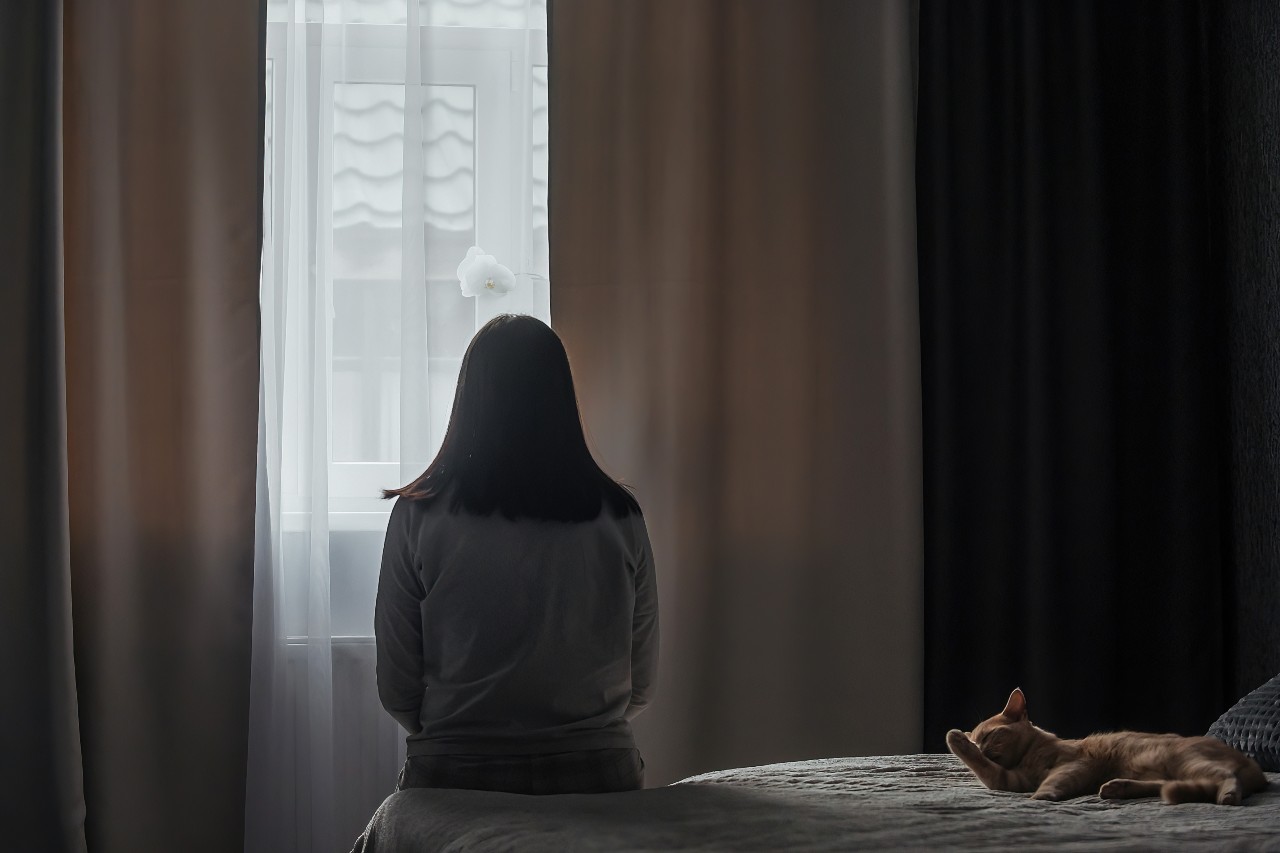TMS for Seasonal Affective Disorder: A Brighter Path Toward Healing
As the days grow shorter and the sun seems to hide away, many people begin to feel their mood shift. For some, this seasonal change can trigger a more serious condition known as Seasonal Affective Disorder (SAD). If you have noticed that your energy, motivation, and overall outlook dip dramatically during the fall and winter months, you are not alone—and there are treatments available that can help.
Additionally, research shows that somewhere between 10% to 20% of those diagnosed with major depression all suffer from depressive episodes related to the seasons. This involves those with an MDD diagnosis experiencing worse symptoms of depression in correlation with the changes in seasonal patterns. With the time change upon us, we believe now is a great time to discuss SAD and the treatment options that exist.
At Goolsby and Associates, we understand the disruptive impact of SAD. Traditional treatments like light therapy and medication can make a difference, but they do not always provide enough relief. That is why many people are now turning to Transcranial Magnetic Stimulation (TMS) as a powerful, non-drug option to help lift the weight of seasonal depression.

What Is Seasonal Affective Disorder (SAD)?
Seasonal Affective Disorder is a form of depression that occurs at certain times of the year, most often during late fall and winter when daylight hours are shorter. While it can sometimes occur in the spring or summer, winter SAD is far more common.
-
Persistent low mood or sadness
-
Loss of interest in activities you usually enjoy
-
Low energy and fatigue
-
Changes in sleep patterns, often sleeping more than usual
-
Difficulty concentrating
-
Cravings for carbohydrates or weight gain
-
Withdrawal from social activities
Doctors believe that SAD is closely tied to the brain’s response to reduced sunlight. Limited daylight can disrupt your circadian rhythm (your body’s internal clock) and affect levels of important brain chemicals like serotonin and melatonin, which regulate mood and sleep.
Traditional Treatments for SAD
For decades, doctors have used several approaches to help patients manage SAD. Each treatment has its benefits, but not all work for everyone.
Light Therapy
Light therapy is one of the most common treatments for SAD. Patients sit near a special “light box” that mimics natural outdoor light. The goal is to stimulate brain chemistry and reset circadian rhythms disrupted by shorter daylight hours.
While light therapy helps many people, it is not always a complete solution. Some individuals may not experience sufficient relief, or they may struggle to adhere to the daily sessions.
Medication
Antidepressants, especially selective serotonin reuptake inhibitors (SSRIs), are sometimes prescribed to help regulate mood. While medication can help, it can also come with side effects such as nausea, weight changes, or sexual side effects. Not everyone responds well to medication, and some people prefer to avoid long-term drug use.
Counseling and Lifestyle Changes
Talk therapy, such as cognitive-behavioral therapy (CBT), can help patients develop coping strategies, challenge negative thought patterns, and create healthier habits. Regular exercise, spending more time outdoors, and maintaining a structured routine can also ease symptoms.
Still, for those who continue to struggle despite these efforts, it can be frustrating to feel like there is no effective option. That is where TMS therapy comes in.
What Is TMS Therapy?
Transcranial Magnetic Stimulation (TMS) is an FDA-approved, non-invasive treatment for depression that uses gentle magnetic pulses to stimulate specific areas of the brain involved in mood regulation.
During a TMS session, a device is placed lightly against the scalp. It sends focused magnetic pulses to the prefrontal cortex, the area of the brain often underactive in people with depression. These pulses help “wake up” the brain circuits that regulate mood and emotional balance, and it has been found to be incredibly effective.
A typical TMS session at Goolsby and Associates typically lasts between 5 and 30 minutes, depending on the patient, and patients can return to work or their normal activities immediately afterward. TMS does not require anesthesia, and side effects are minimal, usually just mild scalp discomfort or a headache that often improves after the first few sessions.
We also offer accelerated TMS, aTMS, for those who would like to proceed through treatment at a quicker pace. This method requires multiple TMS sessions per day over a short period, making it a choice that some might prefer.

Why TMS Might Be a Good Solution for Seasonal Affective Disorder
Although TMS was originally developed for major depressive disorder, its ability to directly target brain regions involved in mood makes it a promising option for people with Seasonal Affective Disorder.
-
It gets to the root cause
SAD is believed to be connected to disruptions in brain chemistry caused by reduced sunlight. Unlike light therapy, which works indirectly by simulating daylight, TMS directly stimulates brain regions that are underactive, helping restore balance in brain activity. -
A drug-free option
For those who prefer to avoid medications or who have tried antidepressants without success, TMS provides a non-drug solution. You do not have to worry about common medication side effects. -
Long-lasting relief
Studies show that TMS can provide lasting improvement for depression. Many patients continue to feel better long after treatment ends, making it an appealing option for recurring seasonal symptoms. -
Works alongside other treatments
TMS does not have to replace your current treatment plan. It can be combined with counseling, lifestyle changes, or even light therapy to provide a more comprehensive approach.
What a TMS Experience Looks Like at Goolsby and Associates
If you are considering TMS, you might wonder what the process involves. At Goolsby and Associates, we make your comfort and care our top priority. Here is what you can expect:
-
Initial consultation: We will discuss your symptoms, medical history, and treatment goals to determine if TMS is a suitable option for you.
-
Personalized plan: If TMS is right for you, we will create a treatment schedule tailored to your needs. Most patients receive sessions five days a week for four to six weeks. If you prefer aTMS, we can discuss this treatment option with you as well and work with you to determine which will be best.
-
Relaxed sessions: During treatment, you will sit in a comfortable chair while the device delivers magnetic pulses. Many people read, listen to music, or simply relax.
-
Return to daily life: After each session, you will be able to resume your work, school, or daily routine without interruption.
Is TMS Right for You?
If you have tried traditional treatments for Seasonal Affective Disorder but still struggle with low mood and fatigue each winter, TMS may be worth exploring. It is especially helpful for those who:
-
Do not find enough relief from light therapy or medication
-
Want a treatment without drug side effects
-
Are looking for long-lasting improvement in mood and energy
Finding Hope Through Innovative Care
Seasonal Affective Disorder can feel like a heavy cloud that returns year after year, but it does not have to control your life. With modern treatments like TMS, new possibilities for relief and healing are within reach.
At Goolsby and Associates, we believe every patient deserves to feel their best year-round. If you are ready to explore TMS as a treatment for SAD, we are here to guide you through every step of the process.
Take the Next Step
If winter months always leave you struggling, now is the time to seek help. Contact Goolsby and Associates to schedule a consultation and learn how TMS therapy could brighten your outlook, lift your mood, and give you the energy to enjoy life again—no matter the season.
